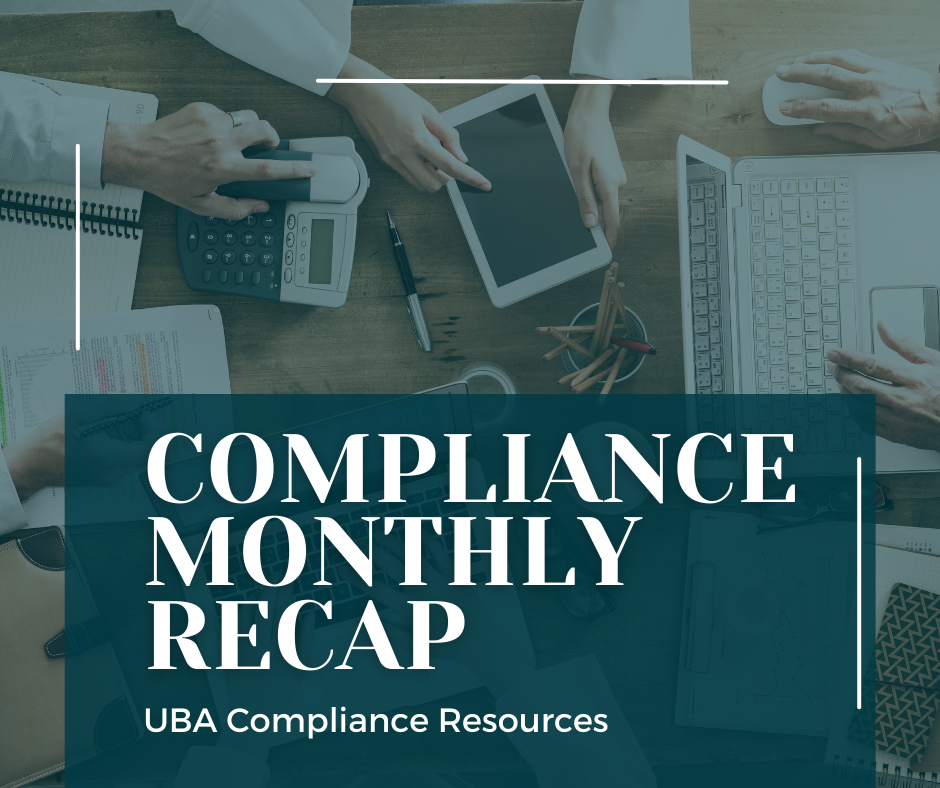Month: August 2024
-

Empowering Millennials: Building a Competitive Benefits Package
Today’s workforce is a mix of generations, but you can’t afford to overlook Millennials, the largest generation in the workforce. Known for their flexibility and problem-solving skills, Millennials bring a powerful combination of experience and value to any company. Millennials, also known as Generation Y, are a driving force in today’s job market. This generation…
-

Compliance Recap July 2024
FORM 5500 FILING FOR HEALTH AND WELFARE PLANS The Form 5500 series is a component of the Employee Retirement Income Security Act’s (ERISA) reporting and disclosure framework. The Form is used to report information on the qualification of the plan, its financial condition, investments, and its operations. It also guarantees that participants, beneficiaries, and regulators have access…
-

Question of the Month: FSAs and FSA Carryovers
Q: What are the time and dollar limits for flexible spending arrangements (FSA) and FSA carryovers? A: For 2024, the most that can be deferred to an FSA is $3,200 (a $150 increase from 2023). The amount of a 2024 FSA balance that can be carried over into 2025 is $640 (up from $610 in 2023).…
-

Understand Your Spending Power: What You Can Buy with Your FSA, HSA, or HRA
Medical expense accounts can help you save on all kinds of healthcare costs. Here are some you may not know about yet. HSA, FSA, and HRA can typically be used for: Expenses that might be covered, but check your plan: Important Considerations: Additional Tips: By understanding the nuances of HSAs, FSAs, and HRAs, you can…
-

Navigating the Alphabet Soup: HSAs, HRAs, and FSAs Explained
Managing healthcare costs can feel like deciphering a complex code. Three acronyms frequently pop up: HSAs, HRAs, and FSAs. But what exactly do they mean, and which one is right for you? Let’s break down these accounts and explore how they can help you save on qualified medical expenses. Understanding the Accounts: Who Can Use…